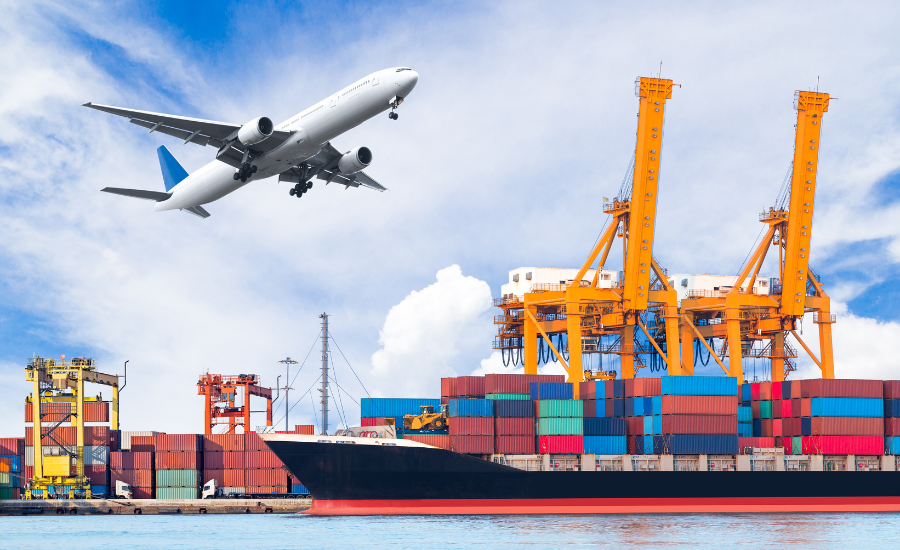In the world of logistics, the most complex and costly part of the shipping process is often the last mile—the final step where a package moves from a local distribution center to the customer’s doorstep. For international courier services, last-mile delivery becomes even more challenging due to cross-border regulations, unpredictable routes, and rising customer expectations. Whether it’s sending parcels within Asia or managing courier services to the USA, companies are constantly finding new ways to overcome these hurdles and deliver seamless experiences.
Why Last-Mile Delivery is Critical
Last-mile delivery is where customer satisfaction is won or lost. No matter how efficiently a package has traveled across continents, a delayed or failed final delivery can tarnish the entire experience. Customers today demand faster, transparent, and affordable shipping, making last-mile solutions a top priority for international courier companies.
Key Challenges in Last-Mile Delivery
- Unpredictable Customs and Regulations
Every country has unique customs processes and import rules. Delays often occur due to incomplete paperwork, restricted goods, or sudden policy changes. For courier services to the USA, stringent checks add time and complexity to last-mile delivery.
- High Delivery Costs
Last-mile delivery can account for up to 50% of total logistics costs. Factors such as fuel prices, labor costs, and failed delivery attempts drive expenses higher. For international shipments, the challenge multiplies with duties, tariffs, and cross-border handling fees.
- Address Accuracy and Accessibility
Incorrect or incomplete addresses often result in failed deliveries, especially in countries where standardized postal codes are less common. In rural areas or dense urban neighborhoods, accessibility becomes another major challenge.
- Customer Expectations for Speed
With e-commerce giants offering same-day and next-day shipping, customers expect international courier services to match these standards. However, cross-border complexities and long distances make it difficult to meet ultra-fast delivery timelines.
- Environmental Concerns
Last-mile delivery often involves multiple vehicles covering small distances, leading to higher carbon emissions. Customers are becoming more eco-conscious, pushing courier companies to find sustainable solutions without compromising efficiency.
Innovative Solutions to Overcome Last-Mile Challenges
Smart Technology Integration
GPS tracking, AI-driven route optimization, and predictive analytics are helping courier companies minimize delays and reduce costs. Customers now receive real-time updates on their shipments, boosting transparency and trust.
Local Partnerships and Warehousing
Many international courier services are collaborating with local logistics partners and establishing regional warehouses. This strategy shortens delivery times and allows for better handling of returns and exchanges.
Alternative Delivery Models
To cut costs and improve convenience, companies are adopting parcel lockers, pick-up points, and crowd-sourced delivery networks. These alternatives reduce failed delivery attempts and empower customers to collect packages at their convenience.
Sustainability Initiatives
Electric vehicles, bicycle couriers, and eco-friendly packaging are becoming part of the last-mile ecosystem. For example, courier services to the USA now offer carbon-neutral shipping options, appealing to environmentally conscious businesses and individuals.
Customs Pre-Clearance and Digital Documentation
Digitizing customs paperwork and leveraging pre-clearance programs significantly reduce international shipping delays. Automated systems flag potential issues before parcels reach borders, ensuring smoother last-mile deliveries.
Conclusion
Last-mile delivery will always remain a complex puzzle, but innovation and adaptability are helping courier companies piece it together. By leveraging technology, building local networks, and prioritizing sustainability, international courier services are turning last-mile hurdles into opportunities for growth.
For businesses and individuals relying on courier services to the USA or any other destination, these improvements mean faster, more reliable, and customer-friendly deliveries. As global trade expands, the companies that master last-mile delivery will set the benchmark for the future of international logistics.


